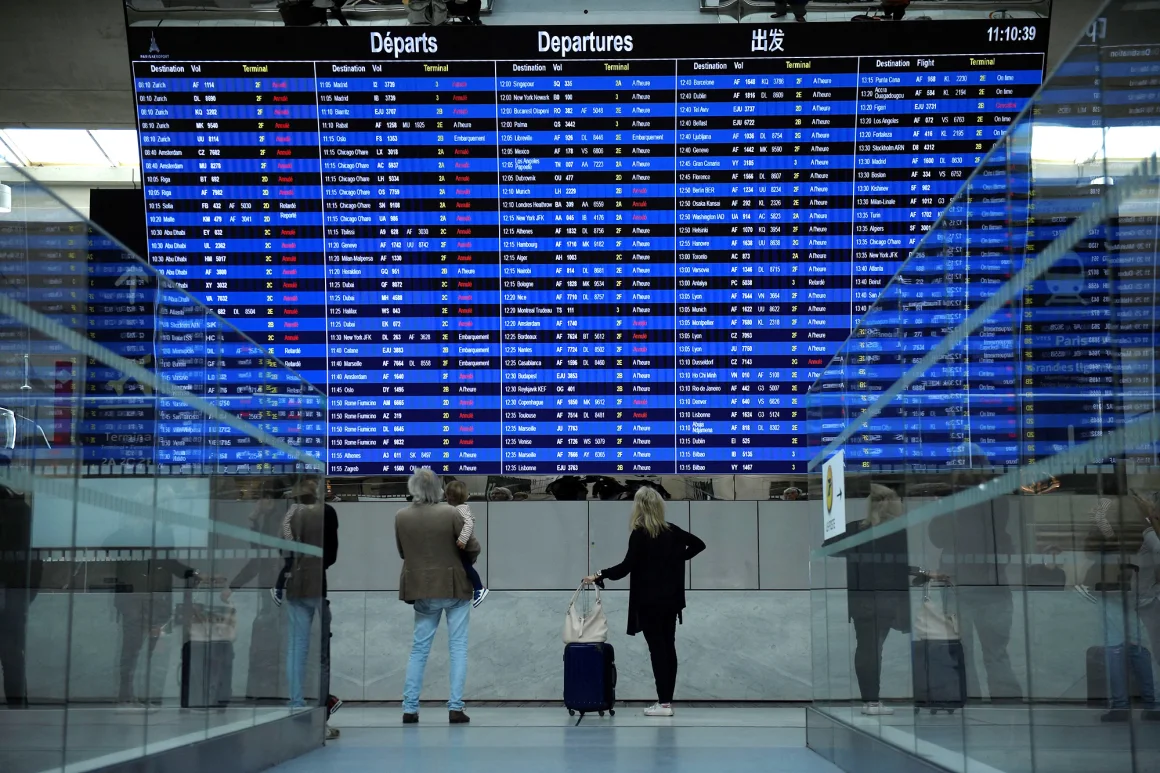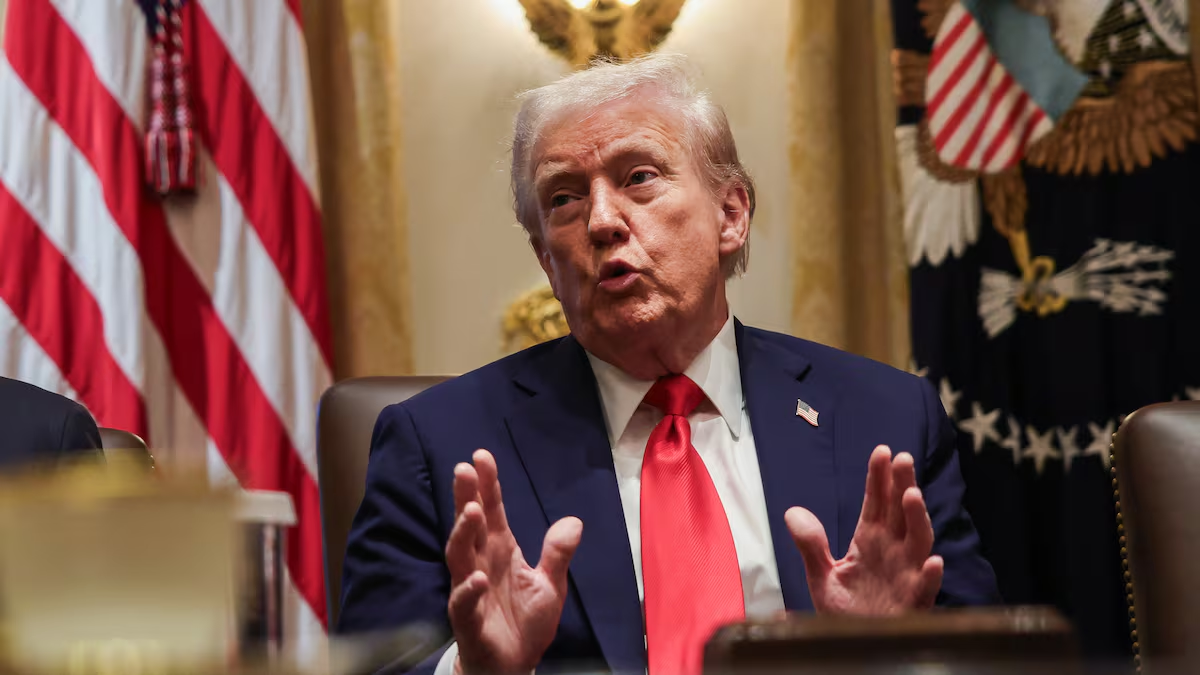Former President Donald Trump has repeatedly criticized judges he labels as “activists,” accusing them of obstructing his agenda. However, Trump is not the first U.S. president to express frustration with the judiciary. Since the country’s founding, various presidents have questioned court decisions, including those of the Supreme Court, when they believed the courts were exceeding their constitutional role.
The term “judicial activism” dates back to 1947, when historian Arthur M. Schlesinger Jr. used it to describe Supreme Court justices who, in his view, employed their position to advance social justice. Over time, both Democratic and Republican presidents have accused judges of overstepping their boundaries.
During Franklin D. Roosevelt’s administration, tensions peaked when the Supreme Court struck down several New Deal programs, prompting the president to propose expanding the court — a move known as “court packing.” Similarly, Richard Nixon and Ronald Reagan criticized the court for decisions they saw as too liberal or disconnected from the Constitution’s original meaning.
Trump has taken these criticisms further, directly labeling judges as “radical leftists” and questioning their impartiality. Yet, judicial leaders like Chief Justice John Roberts have defended the judiciary’s independence, emphasizing that there are no “Obama judges” or “Trump judges,” but rather a group of dedicated judges striving to uphold the law fairly.



